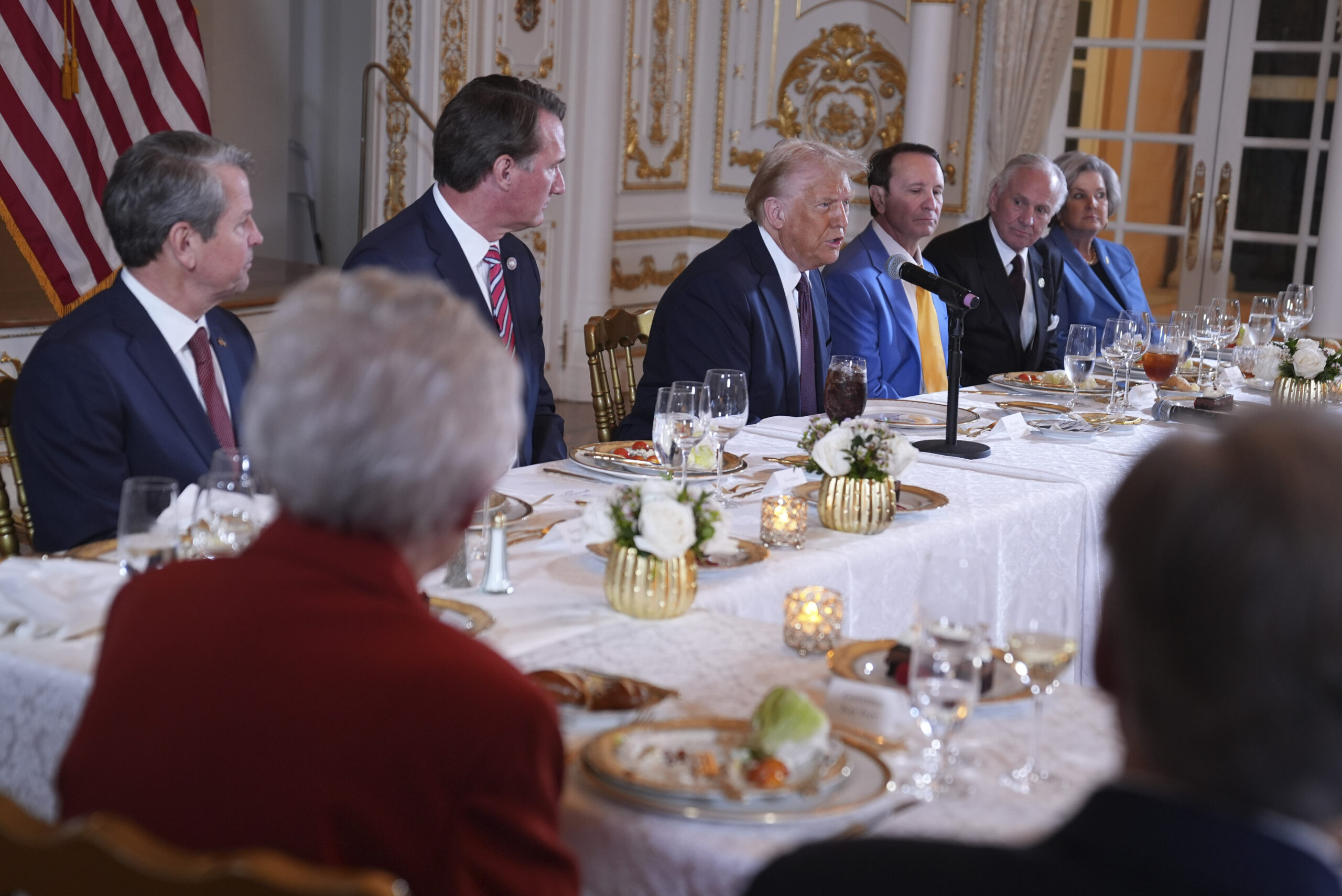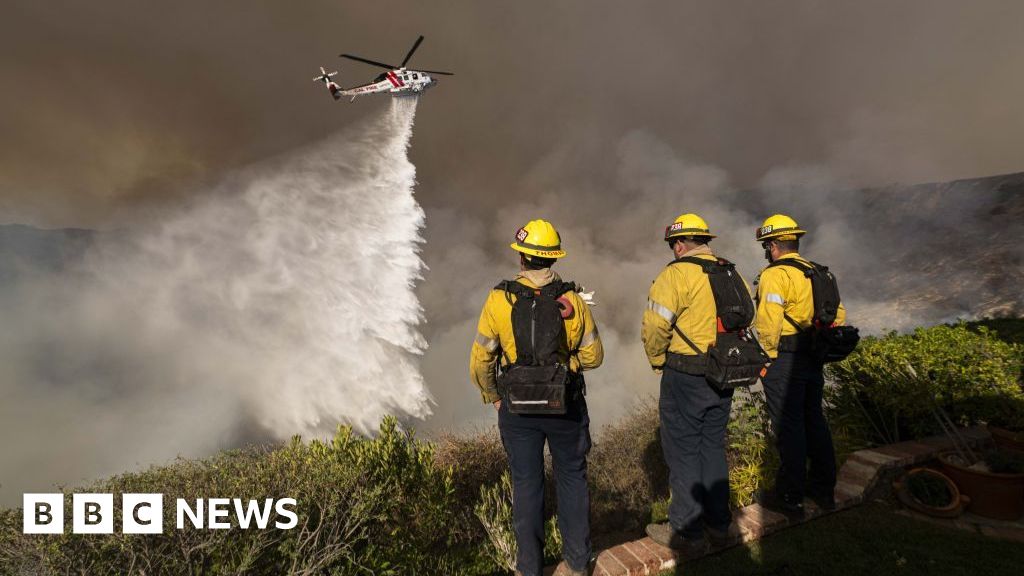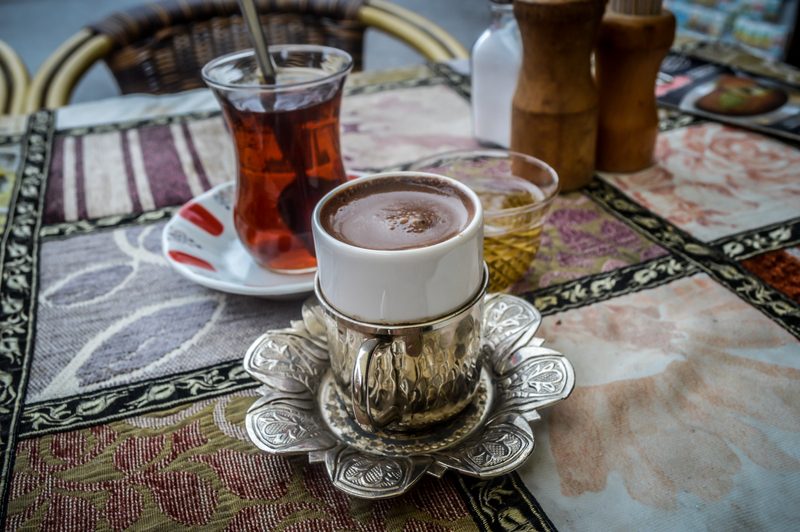Bloomberg Opinion editor Rachel Rosenthal is joined by columnist Daniel Moss, who was on the frontlines of the border reopening in Johor, to discuss the ease of restrictions and what it means for other parts of Asia. This is an edited transcript of their conversation.
Rachel Rosenthal: Can you tell us a little bit about why this border is so important and what it looks like on the ground?
Daniel Moss: My very strong impression is that this is a recovery in waiting. Southern Malaysia and Singapore are effectively one economy, and businesses got a boost from the opening of the bridge border. It was not, however, a tremendous uplift. Many of the people who flooded across at midnight April 1 were Malaysians working in Singapore who got stuck there during Covid. They reunited with their families. In some instances, people who hadn’t seen children since they were born — and couldn’t take Friday off work — but wanted to come across in the wee hours of Friday morning while Singapore was asleep and be back for work the next day just to hold their spouse and newborn. Pretty precious stuff.
Rosenthal: Is there a global comparison for this Malaysia-Singapore crossing, and what it was like pre-Covid?
Moss: Think of the commute between Singapore and Malaysia before Covid as something akin to the commute between New York and New Jersey. Another analogy is border crossings in Southern California or southern Texas where people commute across. Singapore imports water, electricity, labor and many more things from Malaysia. If you look across the waterfront in Singapore’s northern districts, you’ll see high-rise condos cluttering the shores of southern Malaysia. Many of those are owned by Singaporeans who would work in Singapore, get in the car and drive across the bridge. Under no scenario in peacetime did people contemplate that land border, which is a bridge border of about 700 meters, being closed. So the closure was a big deal. The reopening is also a pretty big deal.
Rosenthal: Why would Malaysia’s recovery be slow after this reopening, rather than an instant change?
Moss: Social media — certainly from what we could see in Singapore — was flooded with images of what this bridge looked like in the minutes after midnight. TikTok memes were flying around of the final countdown, and thousands of motorbikes poured across the bridge to the checkpoints on the Malaysian side.
I was expecting, when I arrived Monday from Singapore, to see Johor as a boom town, like all of a sudden the Gold Rush was on again. That’s not what I found. Part of it might be that it was a Monday. The other part is that many of the folks who came across in those early hours and Friday and Saturday were Malaysians, so they weren’t spending an enormous amount of money. They weren’t here to spend money. They were here to see friends. They were here to see family, to hold their loved ones.
Moss: Rachel, you have done recent international travel. What did that look like?
Rosenthal: It was nice to see Changi Airport, which is usually bustling, looking closer to what it used to. My family and I went to Sri Lanka for holiday when the kids were on school break. Even before some of the latest announcements, travel within the region was starting to open up. Countries were easing their requirements on what would need to be done to get in and out. Sri Lanka, for example, did not even have a testing requirement for entry. That’s a big, big evolution from what it was just a few months ago, when there were reams of paperwork and all kinds of tests. A lot of these things are now starting to go to the wayside. So, we are getting to a point where travel is starting to look more normal. This is a key reason why people live in Singapore. It’s a teeny, tiny island. People live here not only to travel but also to work. They have regional roles and hop to Thailand or Vietnam or, you know, it used to be Hong Kong, and all these things were accessible in a short flight. That aspect of life looks like it’s just starting to resume.
Moss: How much of an existential threat did work from home become for global cities that have based much of their business pitch on being regional hubs? If you can do a job from your living room, why do you need to be in a regional hub?
Rosenthal: Part of the appeal of being an expat used to be the idea that you could decide on Thursday you wanted to go to Bangkok, get a cheap flight and go for the weekend. Dan, you wrote a great column on this, arguing that there was no reason to sit here in Singapore, 10,000 miles away from your family, if you couldn’t travel. Now I see two different phenomena: One is the battle to get people back into the office, because some companies have to justify their enormous rents and office space. The other is travel. As eager as folks are to travel — both for business and pleasure — I still sense there’s a lot of reluctance to get back into the office. Singaporeans in particular — and managers I’ve spoken with — really liked to work from home, which isn’t unlike other folks throughout the world. I think you’re going get a pick-up in travel a lot faster than you’re going to get people back into the office.
Moss: One thing that people have mentioned to me is, if you work from home, not only can you wear anything, but you also don’t have to wear a mask. Now you do still have to wear masks indoors in Singapore, but things have changed relatively significantly in that department.
Rosenthal: Can you describe what you’ve observed in the relaxed Covid regime in Singapore?
Moss: As of Tuesday, March 29, you did not have to wear a mask outside, and social groups of 10 were allowed. That’s up from five. You could have a drink after 10:30 p.m. in a public place. I walked into a bar downtown that night at about 10:25 p.m., thinking I could get a drink. They barely let me in. At 10:35 p.m., there were last orders. Nevertheless, it was great, and it began cautiously. By Saturday night, you could really notice a change. Bars and restaurants were doing brisk business after 10:30 p.m. I’ve spoken to quite a few people, and I confess I was among them, who were feeling a little worse for wear Sunday morning, thanks to the relaxation. A lot of food and beverage places had made the 10:30 p.m. closing and social distancing work. Since the relaxation was announced, many people were saying, “You know what, we’re going to stop serving food at 10:30 p.m., but you can still have a drink.” The kitchen staff has got used to finishing up things at 10:30 p.m. and going home to maybe see some family members while they’re still awake. In Malaysia, mask-wearing outside is still required. Singapore has relaxed ahead of Malaysia on that front.
Rosenthal: One of the things I noticed this weekend was music was back on. We did a staycation at Raffles, and at the iconic Long Bar, I could hear music and chatter. It’s one of those things you don’t totally notice when it’s gone. All of a sudden, these signs of life, and seeing photos of people on Instagram or social media with their faces clustered together in groups of 10, is a big change. It’s going to be a real psychological boost for a lot of folks visiting Singapore. With the resumption of travel, it’s not only people getting out, but people are coming back in for the first time in what felt like forever. I saw people who were not from Singapore or living here — from South Africa, Australia, Spain and Italy. It was really refreshing to see some new life.
Rosenthal: Hong Kong is often compared to Singapore. What are your thoughts on how these two cities have diverged?
Moss: Singapore is in a pretty sweet spot. It’s been proceeding cautiously but consistently over the past couple of months with the reopening. The news from Hong Kong has been largely grim, grim, grim. Hong Kong is putting people into the equivalent of hollowed-out shipping containers, often without Wi-Fi for up to a month for the sin of daring to venture out of a regional connected hub. Singapore hasn’t done that, to its enormous credit. Is Singapore going to replace Hong Kong as a financial hub tomorrow? No.
Rosenthal: Singapore and Hong Kong, I think, have always had a bit of a regional rivalry. Singapore is definitely reopening— it’s making strides, and it’s going in the right direction. The exceedingly low bar that Hong Kong has set is probably doing Singapore some favors. There are a lot of families that have the choice of living between the two places, and they are picking Singapore.
Still, Singapore is going to struggle to catch up with Hong Kong. From the size of Hong Kong’s capital markets to its IPOs to trading turnover to basic deal-making — I think a lot of that — the epicenter is China, and Hong Kong remains the portal. The conclusion I came to is that Hong Kong and Singapore are always going to be complementary. Once Covid is behind us, I hope Hong Kong will get back to where it was.
This column does not necessarily reflect the opinion of the editorial board or Bloomberg LP and its owners.
Rachel Rosenthal is an editor with Bloomberg Opinion. Previously, she was a markets reporter and editor at the Wall Street Journal in Hong Kong.
Daniel Moss is a Bloomberg Opinion columnist covering Asian economies. Previously he was executive editor of Bloomberg News for global economics, and has led teams in Asia, Europe and North America.
More stories like this are available on bloomberg.com/opinion





















Discussion about this post